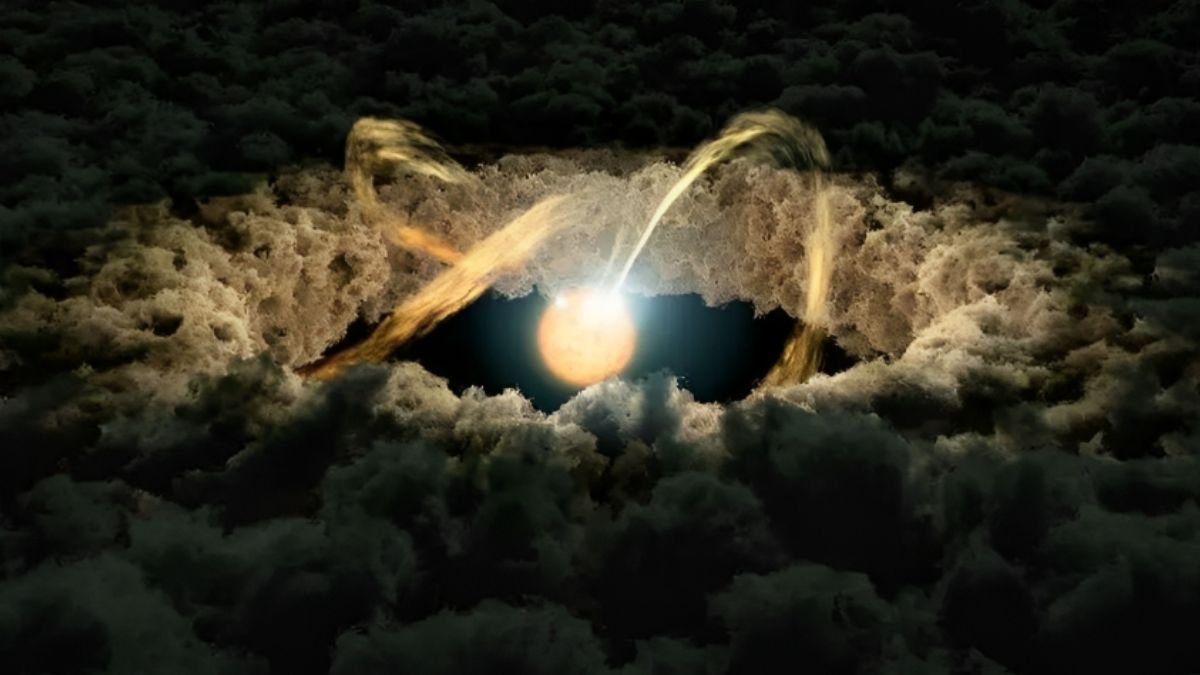According to a new study published on the preprint server arXiv, a group of astronomers used the James Webb Space Telescope (JWST) Trying to better understand the formation of planets in the star region called the Lobster Nebula — A star nebula like the Orion Nebula.
As scientists explain, the region is also home to many massive stars, including some of the largest stars in the Milky Way. British astronomer James Jeans was the first Suggesting that the collapse of a stellar nebula is responsible for the formation of a starWe have since examined several similar areas in the universe.
After all, the Orion Nebula itself, a region where young, hot stars are forming, has been studied extensively; researchers explain that the Sun may already be part of this process. That’s why they want to reveal the secrets of this stellar interaction.
The Lobster Nebula, also known by the scientific name NGC6357, was one of the focuses of new observations by the James Webb telescope. The nebula is located in a region of space about 6,000 light-years from Earth in the constellation Scorpio.. The impressive thing is that they even found water during telescope observations.
“We present the first results from the James Webb Space Telescope (JWST) Extreme Ultraviolet Environments (XUE) program, which focuses on characterizing planet-forming disks in the star-forming regions of massive stars. These regions are likely representative of the environment in which most planetary systems form. Understanding the impact of the environment on planet formation is important for observed exoplanets.” is crucial for gaining insight into the diversity of their populations,” the scientists explain in the introduction to the paper.
Water in the Lobster Nebula
According to the article, the group of astronomers Examined 15 planetary disks in three different regions of the Lobster NebulaTo understand how the environment can affect the formation of a planet. One of the disks was called XUE 1 and revealed some components that could aid the cosmic evolution of a planet.
Data collected by JWST shows that the region is perhaps one of the most extreme environments in the Milky Way. Abundant in water, carbon monoxide, hydrogen cyanide and acetylene. New observations for researchers suggest that terrestrial planets can form in high-mass and low-mass regions, whether in an extreme environment or not.
“Our findings show that the inner regions of highly irradiated disks can maintain physical and chemical conditions similar to those of disks in low-mass star-forming regions, thus extending the range of environments with similar conditions for rocky planet formation in disk regions to the most extreme star-forming regions in our galaxy,” the study adds. .
Did you like the content? Keep up to date with all the astronomical discoveries at TecMundo and take advantage of a study revealing massive stars and supernovae in the ancient Universe.
Source: Tec Mundo
I’m Blaine Morgan, an experienced journalist and writer with over 8 years of experience in the tech industry. My expertise lies in writing about technology news and trends, covering everything from cutting-edge gadgets to emerging software developments. I’ve written for several leading publications including Gadget Onus where I am an author.












